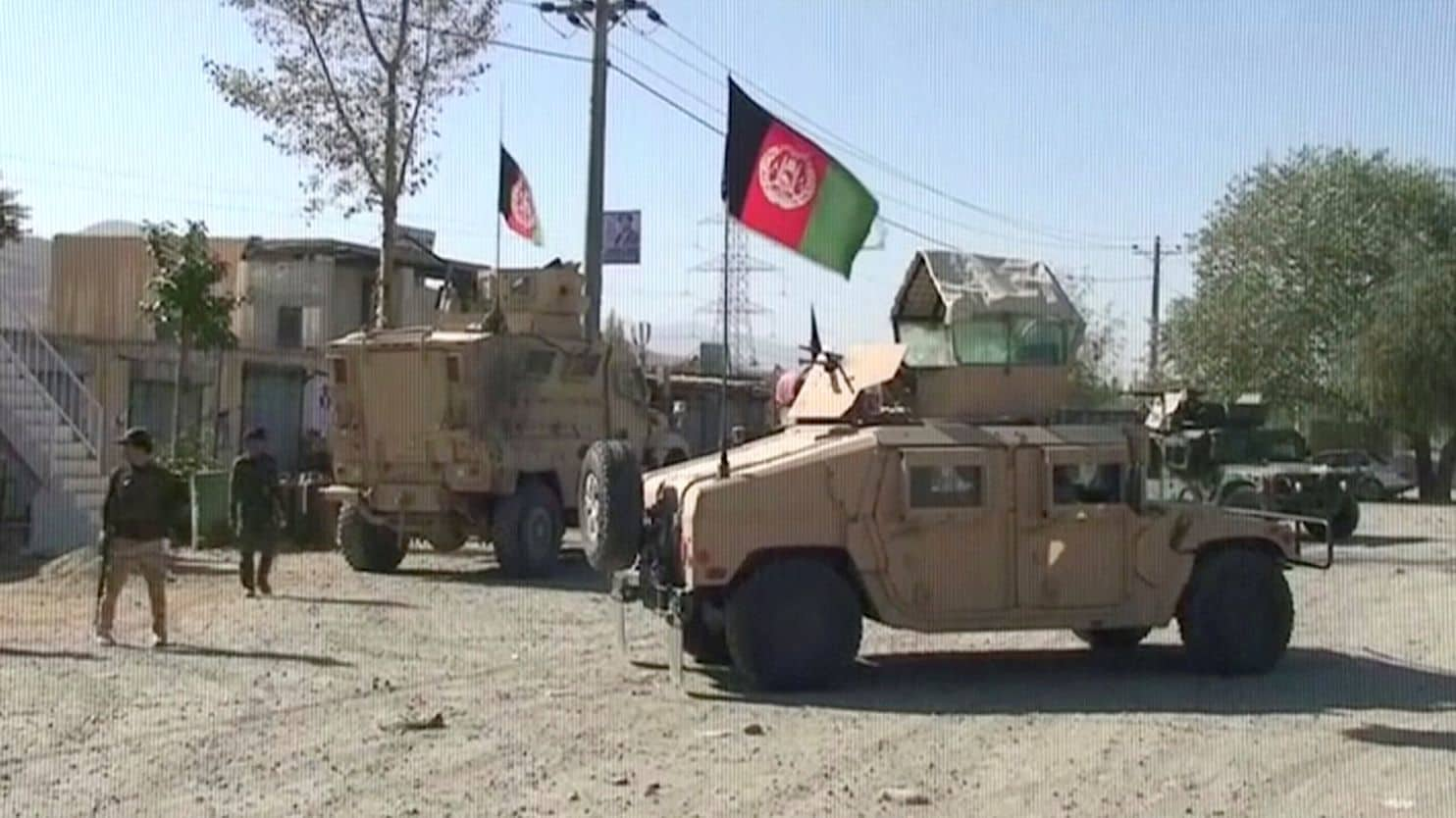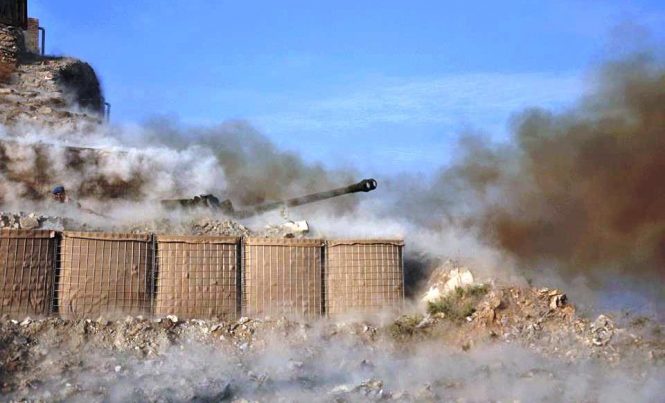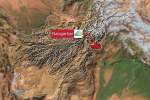At least 21 Afghan police officers were killed in three simultaneous Taliban assaults Monday night in northern Afghanistan. Although civilians were nearby, security forces fired artillery rounds to repel the militant advances.
Publish dateWednesday 2 January 2019 - 01:18
Story Code : 177028
AVA- The hours-long attack mostly focused on overtaking oil wells and vehicles near the capital in Sar-e Pol province, officials said, as the Taliban bid to demonstrate power and undermine government control during peace talks to end the 17-year-old war.
Militants used rifles and rocket-propelled grenades in the assault, which also injured at least 23 police officers, Zabihullah Amani, a spokesman for the provincial governor, told media on Tuesday.
“The areas are with the government, but they are under range of Taliban fire,” Amani said. “We still have not received any assistance.”
Three senior security officials — an intelligence officer and two police commanders — were killed in the attacks, said Mohammad Noor Rahmani, the chief of the provincial council.
Afghan forces fired Soviet-era D-30 howitzers to repel militants on the capital outskirts, Amani said. The Associated Press reported the barrage forced civilians to flee to safety, though officials said there were no reports of civilian casualties.
The Taliban, which claimed responsibility for the attack, suffered casualties in the assault, Amani said. But officials have not said how many militants were killed or wounded.
The assault joins a stream of near daily Taliban strikes designed in part to exert pressure during peace negotiations between the militants, the United States and regional powers. Militants infiltrated a government building in Kabul on Dec. 24, killing 29 people and wounding scores more.
Analysts have said President Trump’s sudden announcement to withdraw about half of the 15,000 U.S. troops from the country would strengthen the Taliban’s negotiating position as Afghan forces struggle to maintain security throughout the country, suffering record-high casualties in 2018. There are signs those attacks will continue through the winter, a time in which the Taliban has historically used to rest and regroup with their families in Pakistan through bitterly cold months, said Khalid Pashtun, a lawmaker in Kandahar.
“This year we have noticed they’re staying inside Afghanistan,” he said, adding that it was possible Afghan forces have been caught off guard after expecting assaults to become less frequent.
Monday’s attack may have also been a bid to claim territory to further undercut Islamic ISIS militants mustering in the north, he said. In August, more than 150 ISIS fighters surrendered to government forces after battling the Taliban in neighboring Jowzjan province.
Government forces have also battled the ISIS militants; the latest offensive came Tuesday in eastern Nangahar province, in which 27 ISIS fighters were killed, the AP reported.
Militants used rifles and rocket-propelled grenades in the assault, which also injured at least 23 police officers, Zabihullah Amani, a spokesman for the provincial governor, told media on Tuesday.
“The areas are with the government, but they are under range of Taliban fire,” Amani said. “We still have not received any assistance.”
Three senior security officials — an intelligence officer and two police commanders — were killed in the attacks, said Mohammad Noor Rahmani, the chief of the provincial council.
Afghan forces fired Soviet-era D-30 howitzers to repel militants on the capital outskirts, Amani said. The Associated Press reported the barrage forced civilians to flee to safety, though officials said there were no reports of civilian casualties.
The Taliban, which claimed responsibility for the attack, suffered casualties in the assault, Amani said. But officials have not said how many militants were killed or wounded.
The assault joins a stream of near daily Taliban strikes designed in part to exert pressure during peace negotiations between the militants, the United States and regional powers. Militants infiltrated a government building in Kabul on Dec. 24, killing 29 people and wounding scores more.
Analysts have said President Trump’s sudden announcement to withdraw about half of the 15,000 U.S. troops from the country would strengthen the Taliban’s negotiating position as Afghan forces struggle to maintain security throughout the country, suffering record-high casualties in 2018. There are signs those attacks will continue through the winter, a time in which the Taliban has historically used to rest and regroup with their families in Pakistan through bitterly cold months, said Khalid Pashtun, a lawmaker in Kandahar.
“This year we have noticed they’re staying inside Afghanistan,” he said, adding that it was possible Afghan forces have been caught off guard after expecting assaults to become less frequent.
Monday’s attack may have also been a bid to claim territory to further undercut Islamic ISIS militants mustering in the north, he said. In August, more than 150 ISIS fighters surrendered to government forces after battling the Taliban in neighboring Jowzjan province.
Government forces have also battled the ISIS militants; the latest offensive came Tuesday in eastern Nangahar province, in which 27 ISIS fighters were killed, the AP reported.
Source : خبرگزاری Afghn Voice Agency(AVA)
avapress.net/vdcewf8zvjh8f7i.1kbj.html
Tags
Top hits












